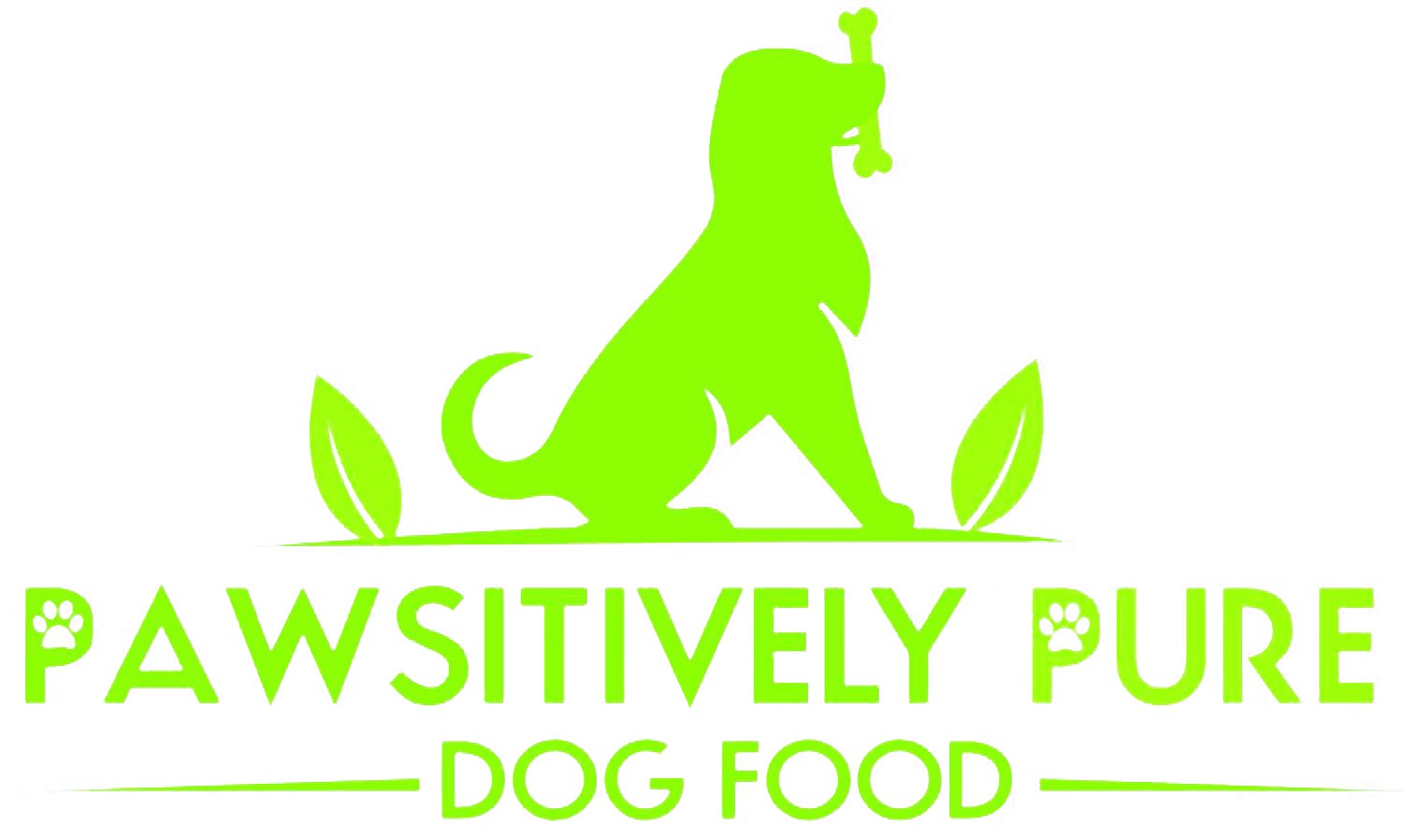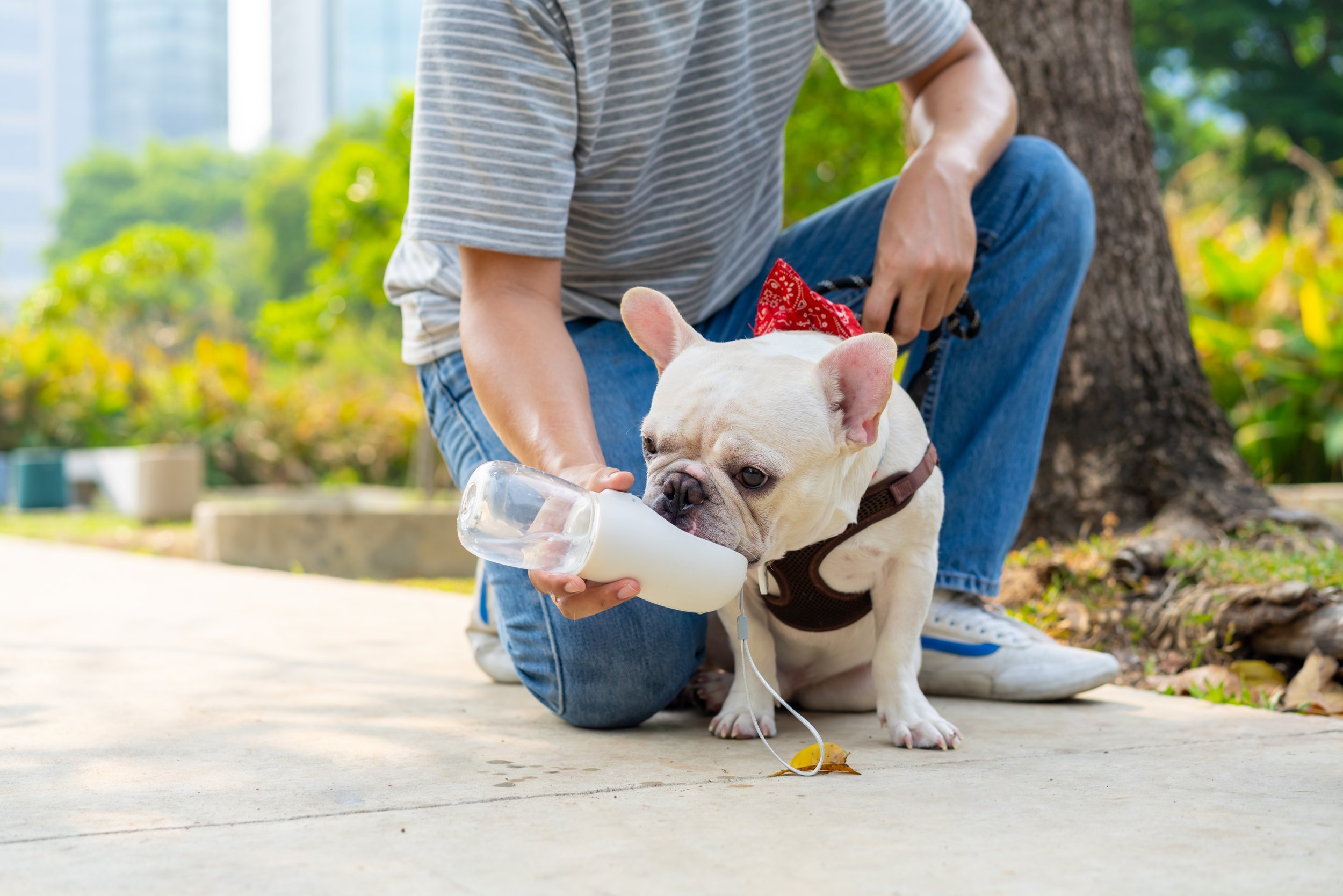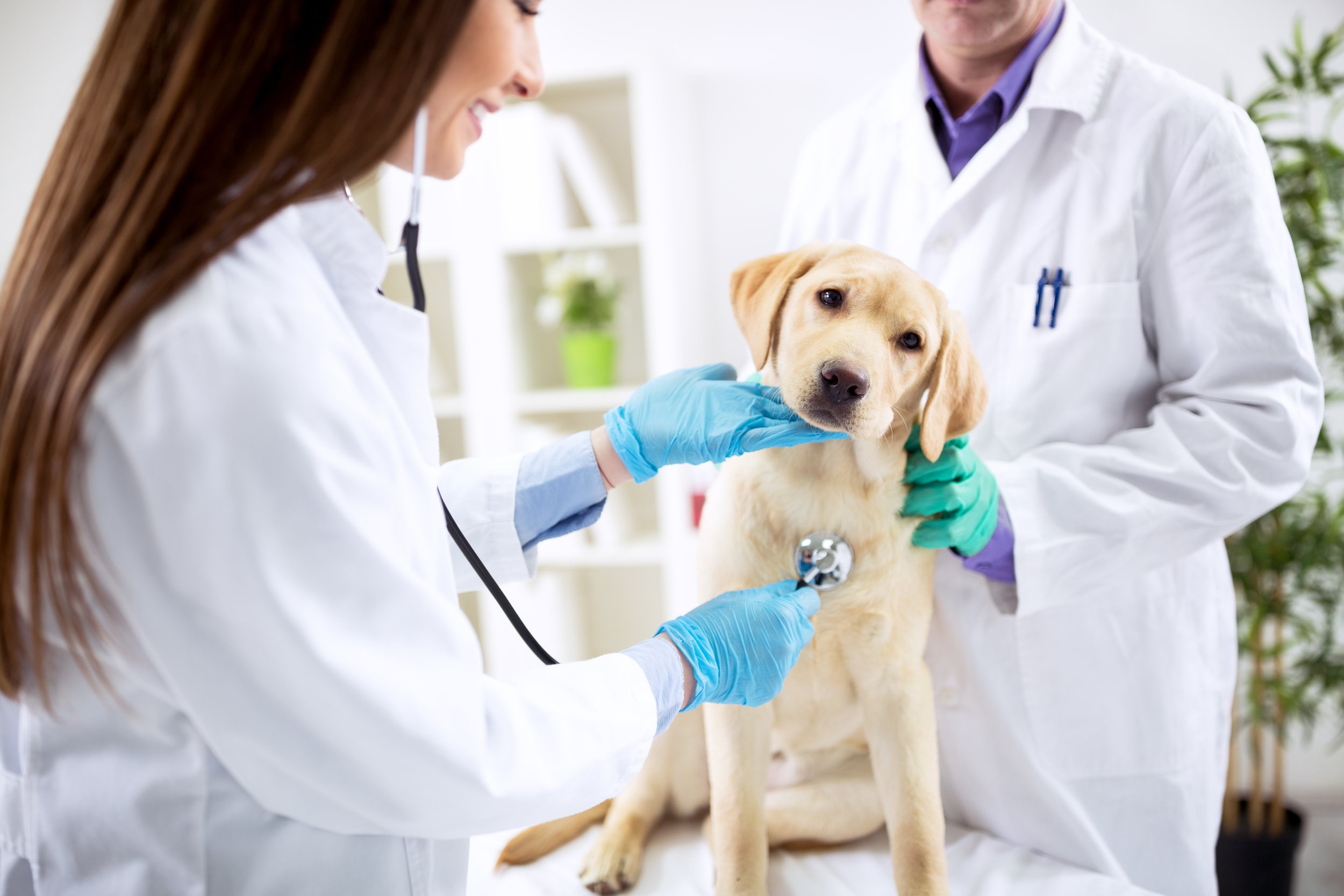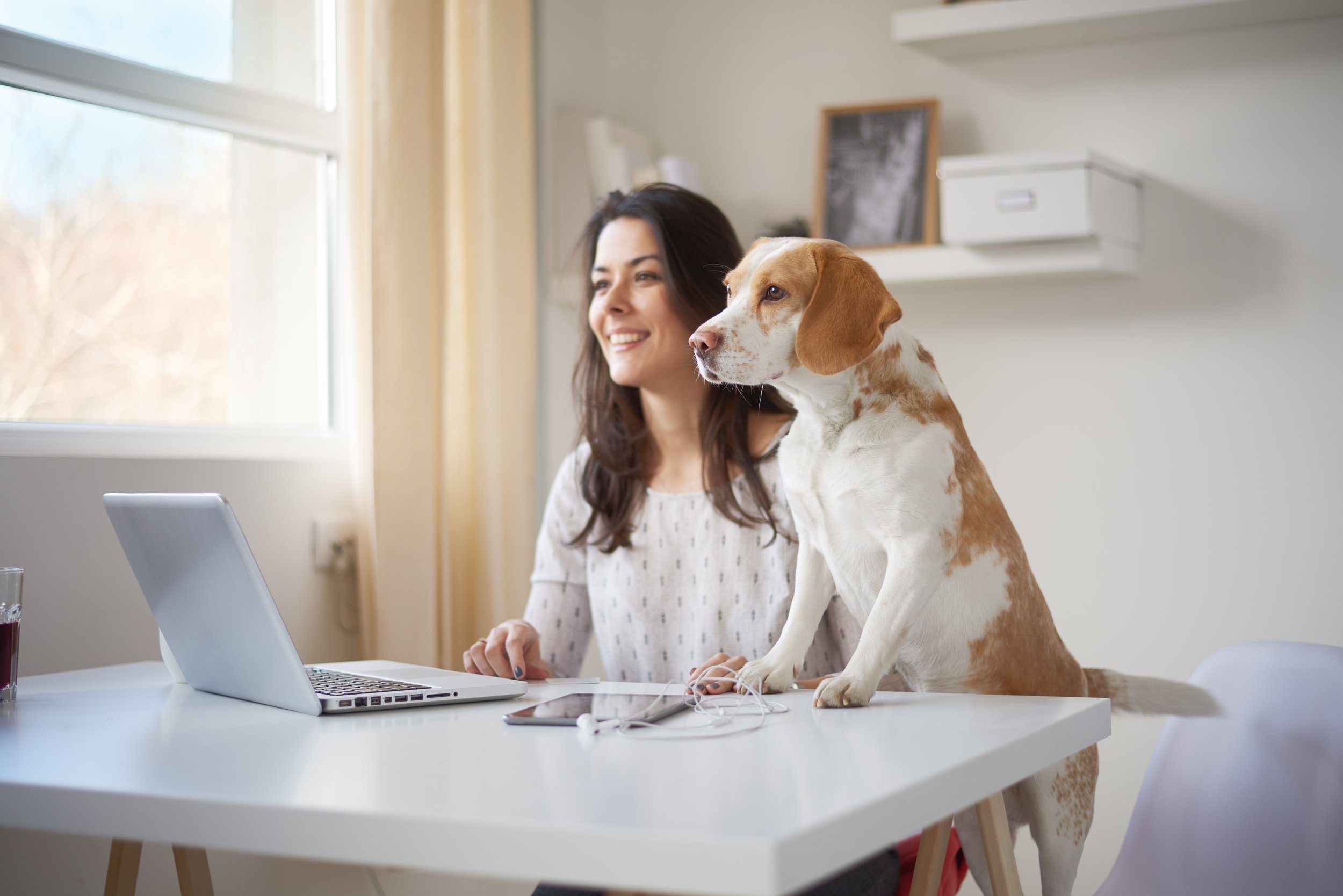September is Responsible Dog Ownership Month
Simply put, owning a dog is a joy. Once you welcome a dog to your family, you can look forward to days filled with sloppy kisses, adventures in the park, and warm snuggles. But dog ownership is more than just fun and games–it’s a responsibility, too. Just like caring for any other animal, or even a child, it’s your responsibility to ensure that your dog is fed properly, exercised, and in good health at all times.
Unfortunately, not all pet parents practice responsible pet ownership. For example, many animal shelters say that they receive the highest influx of owner surrenders in the period between December and February when people turn over their “gifted” pets that they no longer want to care for. That’s why the first step of responsible pet ownership is making sure that you have the time and capacity to dedicate to the well-being of your new furry friend.
With that in mind, September is Responsible Dog Ownership Month. As dog moms and dads, we should always strive to give our “furiends” the best possible care every day. The following are just a handful of things you can do to step up your game as a responsible pet parent.
X Ways You Can Be a Responsible Pet Parent
Many of these tips are inexpensive and readily available to every dog mom and dad! With some dedication and preparation, every dog parent has what it takes to be a responsible owner.
Prepare before you purchase
As we mentioned above, responsible pet parents are people who take time to consider the obligations that come along with dog ownership well before they welcome a new dog into their lives. Owning a dog does come with additional expenses, from vet visits to food, toys, and treats. Make sure you’re able to spend that money on your pup as needed and have a little extra padding in case of emergency.
Beyond money, pet care involves a time commitment and perhaps some lifestyle changes. Your dog will need daily walks, some safe and quiet spaces, and room for zoomies and play sessions. If you’re living in an apartment or condominium, you’ll also need to make sure that your residence doesn’t have pet restrictions that would prevent you from keeping your dog. Take your time with a thorough analysis of your life and make sure you’ll be a good fit for your future dog before you start any adoption or purchase paperwork.
Make a household schedule
Dogs are, for the most part, creatures of habit. They thrive when they can count on routine walks, feeding, playtime, and so on. A great way to ensure you’re building good habits for your dog is to create a schedule for the whole household. Divide tasks between household members based on their comfort levels and personal schedules. For example, the person who leaves the house first each day can be in charge of morning feeding, while the person who works from home can take care of afternoon walks. When everyone takes part in your dog’s wellness, it’s easy to succeed!
If you’re living alone with your dog, no worries–just create a schedule that fits in with your daily routine while addressing all of your dog’s needs.
Don’t skip regular vet appointments
You may think that as long as your dog is acting normally and isn’t sick or injured, they don’t need to see a vet. However, regular vet visits are important for your dog’s overall wellness, especially as they age. Be sure to keep up with your dog’s annual appointments and vaccine boosters to ensure they are protected from common illnesses and diseases. Your vet will be able to recommend a good at-home care program to help them stay healthy between visits.
Provide plenty of exercise
Both physical and mental exercise are so important for your dog’s health. Beyond your regular walks, there are numerous ways you can help your dog stay in shape, from swimming to playing fetch and taking agility courses. As for mental exercise, you can choose from hundreds of different kinds of puzzle toys to help improve your dog’s logic and problem-solving skills. You can also take your dog on different walking routes every day to allow them to sniff new smells and see new sights. Exercise should be easy and fun for both of you!
Feed them a wholesome, nutritious diet
The world of pet nutrition has changed greatly over the last decade or so. Many pet parents are saying goodbye to kibble in favor of fresher, more wholesome foods. The main benefit of feeding gently cooked dog food over kibble is that kibble is packed with fillers–mainly carbohydrates–that can make it difficult for your dog to maintain a healthy weight and fill their digestive systems with excess sugar. Gently cooked dog food provides your dog with whole proteins, fresh veggies, and absolutely nothing that they don’t need. If you haven’t transitioned yet, talk to your vet for recommendations. It’s easier to make the switch than you’d think!
Leashes, IDs, and microchips–oh my!
When you and your dog are exploring, it’s important that you have full control of them at all times. Even if your dog is good off-leash, it’s important to follow all posted leash laws and be courteous to other dog walkers in the area. Leash training is foundational to good behavior in other aspects of your dog’s life.
Even with lots of practice and control, accidents may happen. For that reason, it’s important to keep your dog’s ID tag and microchip up to date at all times. These will allow people to quickly find you and return your dog should they slip away.
And please, always pick up your dog’s poop and dispose of it properly.
Responsible Dog Owners Want the Best for Their Pets
Responsible pet ownership shouldn’t be viewed as a chore. Rather, it’s an opportunity for you to make your dog happy and healthy for the rest of its life with you. Responsible dog parents, celebrate September with Pawsitively Pure Dog Food! Head over to our shop to order wholesome, gently-cooked food and all-natural dog treats today.





